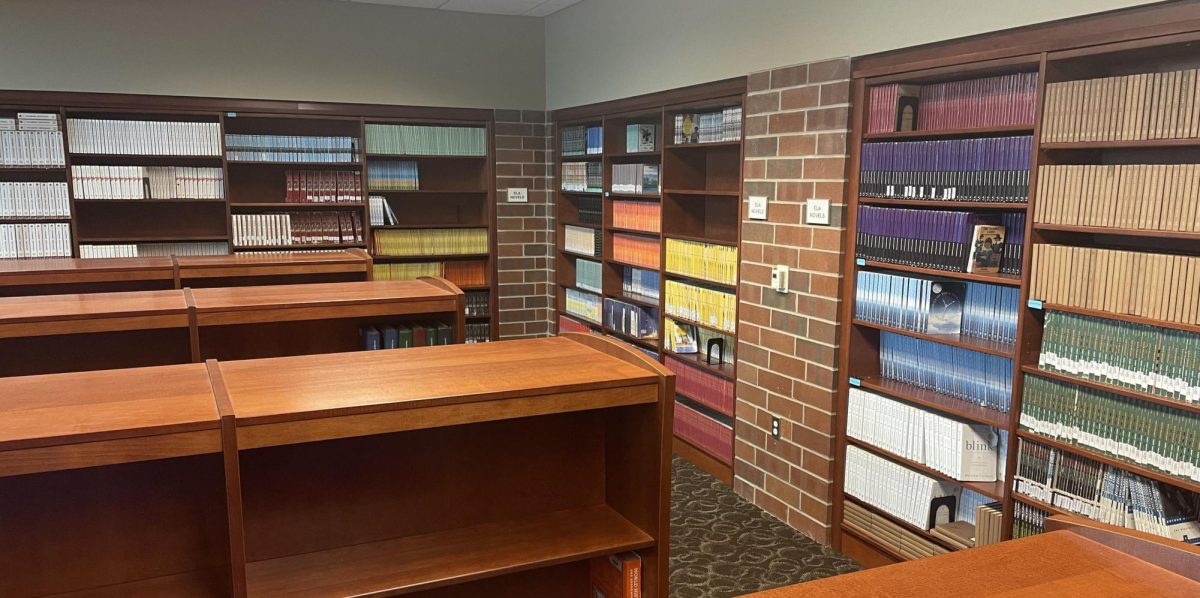As students file in to high school for their fall semester enrollment, some choose to pay a parking pass fee that marks a spot in the lot with their tire tracks, and marks the end of summer vacation. Driving to school can be seen as an aspiration, as it feels like the next stage to adulthood.
Though, Michigan’s infamously poor road health has yet to make it past the juvenile stages of being safe for students to commute with, and these parking passes only serve as encouragement for them to do so.
Michigan, the flagship “lake state” of the United States, earns its name from being three-quarters surrounded by the Great Lakes. Like poetry, three-quarters of the driving season is relatively safe for local roads: just avoid the potholes, and you’ll be fine. Robert Frost couldn’t have written a setting any more parallel.
Then comes a different kind of frost: winter.
The origin of every street pothole is largely the same, with precipitation freezing over and expanding, forming holes in the pavement. Because of low temperatures freeze-drying the road like astronaut ice cream, breeding season for these tire traps is during a thermometer’s greatest period of dysphoria—the transition of the fall-to-winter season. Dangerously soft roads are most common in the fourth quarter of the year.
Students may better recognize the fall-to-winter season as the setting displayed upon their car windows during the first semester, the suboptimal conditions of an icy road separating driving practice from real experience.
Michigan is the muddiest bootcamp for student drivers, as proven by the TAMC’s annual assessment of the state’s federally and locally funded roads. A review conducted in 2022 found that good-condition federally funded roads (the roads 95% of people prefer to drive on) were in the minority compared to the poor-condition roads.
It should come as no surprise that Michigan ranked first in the country for having the most dangerous winter driving experience, earning a clean 100 on MoneyGeek’s 2023 best-of-the-worst winter driving scale. The Mitten couldn’t have asked for a worse consolation prize, and it shouldn’t be treated with the same driving eligibility standards as the rest of the United States.
This is why self-driven commutes should be split and then priced by semester. The first semester should be handled with a higher parking fee for drivers with less than a year of experience, because the most dangerous time to drive shouldn’t be the first that new license-holders are encouraged to endure. A higher parking fee for newer drivers would defer their choice of independence to a safer time that works for them.
Instead, school bus rides should become more of the standard, as all bus drivers possess some level of expert driving certification, including a Class B with passenger endorsement.
And then, student driving could then be more welcomed in the spring semester with lower parking fees for all levels of driving expertise, once free of the north’s polar influence.
This price influence may just be the catalyst needed to nudge the driving environment to safer levels as teenagers graduate from driving school to a self-serve transportation experience.







